Methyl 3-amino-2-thiophenecarboxylate
- CAS NO.:22288-78-4
- Empirical Formula: C6H7NO2S
- Molecular Weight: 157.19
- MDL number: MFCD00009765
- EINECS: 244-895-8
- SAFETY DATA SHEET (SDS)
- Update Date: 2024-12-18 14:08:52
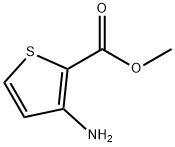
What is Methyl 3-amino-2-thiophenecarboxylate ?
Chemical properties
white to light yellow crystal powder
The Uses of Methyl 3-amino-2-thiophenecarboxylate
Methyl 3-amino-2-thiophenecarboxylate was used in:
- the synthesis of 4-nitro and 4-aminothienyl ureas
- total synthesis of quinazolinocarboline alkaloids
- preparation of thienopyrimidinone analogs
General Description
Methyl 3-amino-2-thiophenecarboxylate reacts with hydrazonoyl chlorides in the presence of triethylamine to yield corresponding N-arylamidrazones.
Properties of Methyl 3-amino-2-thiophenecarboxylate
| Melting point: | 62-64 °C (lit.) |
| Boiling point: | 100-102 °C/0.1 mmHg (lit.) |
| Density | 1.274 (estimate) |
| refractive index | 1.5500 (estimate) |
| Flash point: | 100-102°C/0.1mm |
| storage temp. | Keep in dark place,Inert atmosphere,Room temperature |
| pka | 1.86±0.10(Predicted) |
| form | Fine Crystalline Powder |
| color | Beige to beige-brown |
| Water Solubility | Slightly soluble in water. |
| BRN | 1365614 |
| CAS DataBase Reference | 22288-78-4(CAS DataBase Reference) |
| EPA Substance Registry System | 2-Thiophenecarboxylic acid, 3-amino-, methyl ester (22288-78-4) |
Safety information for Methyl 3-amino-2-thiophenecarboxylate
| Signal word | Warning |
| Pictogram(s) |
 Exclamation Mark Irritant GHS07 |
| GHS Hazard Statements |
H315:Skin corrosion/irritation H319:Serious eye damage/eye irritation H335:Specific target organ toxicity, single exposure;Respiratory tract irritation |
| Precautionary Statement Codes |
P261:Avoid breathing dust/fume/gas/mist/vapours/spray. P264:Wash hands thoroughly after handling. P264:Wash skin thouroughly after handling. P271:Use only outdoors or in a well-ventilated area. P280:Wear protective gloves/protective clothing/eye protection/face protection. P302+P352:IF ON SKIN: wash with plenty of soap and water. P305+P351+P338:IF IN EYES: Rinse cautiously with water for several minutes. Remove contact lenses, if present and easy to do. Continuerinsing. |
Computed Descriptors for Methyl 3-amino-2-thiophenecarboxylate
| InChIKey | TWEQNZZOOFKOER-UHFFFAOYSA-N |
Methyl 3-amino-2-thiophenecarboxylate manufacturer
ALS INDIA LIFE SCIENCES
1Y
Phone:+91-8977036379
Whatsapp: +91 8008166674
product: Methyl 3-amino 2-thiophene carboxylate 98%
Global Chemie
Mumbai
Phone:91-9924260171
Whatsapp: 91-9924260171
product: Methyl 3-amino 2-thiophene carboxylate
New Products
Tert-butyl bis(2-chloroethyl)carbamate 4-Methylphenylacetic acid N-Boc-D-alaninol N-BOC-D/L-ALANINOL 3-Morpholino-1-(4-nitrophenyl)-5,6-dihydropyridin- 2(1H)-one Furan-2,5-Dicarboxylic Acid Tropic acid 1,1’-CARBONYLDIIMIDAZOLE DIETHYL AMINOMALONATE HYDROCHLORIDE R-2-BENZYLOXY PROPIONIC ACID 1,1’-CARBONYLDI (1,2-4 TRIAZOLE) N-METHYL INDAZOLE-3-CARBOXYLIC ACID (2-Hydroxyphenyl)acetonitrile 4-Bromopyrazole 5-BROMO-2CYANO PYRIDINE 5,6-Dimethoxyindanone 5-broMo-2-chloro-N-cyclopentylpyriMidin-4-aMine 2-(Cyanocyclohexyl)acetic acid 4-methoxy-3,5-dinitropyridine 2-aminopropyl benzoate hydrochloride 1-(4-(aminomethyl)benzyl)urea hydrochloride diethyl 2-(2-((tertbutoxycarbonyl)amino) ethyl)malonate tert-butyl 4- (ureidomethyl)benzylcarbamate Ethyl-2-chloro((4-methoxyphenyl)hydrazono)acetateRelated products of tetrahydrofuran
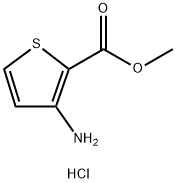

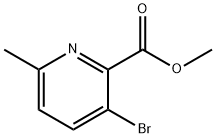
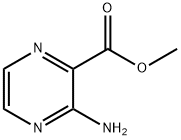




You may like
-
 22288‐78‐4 3‐Amino‐2‐thiophenecarboxylic acid methyl ester 98%View Details
22288‐78‐4 3‐Amino‐2‐thiophenecarboxylic acid methyl ester 98%View Details
22288‐78‐4 -
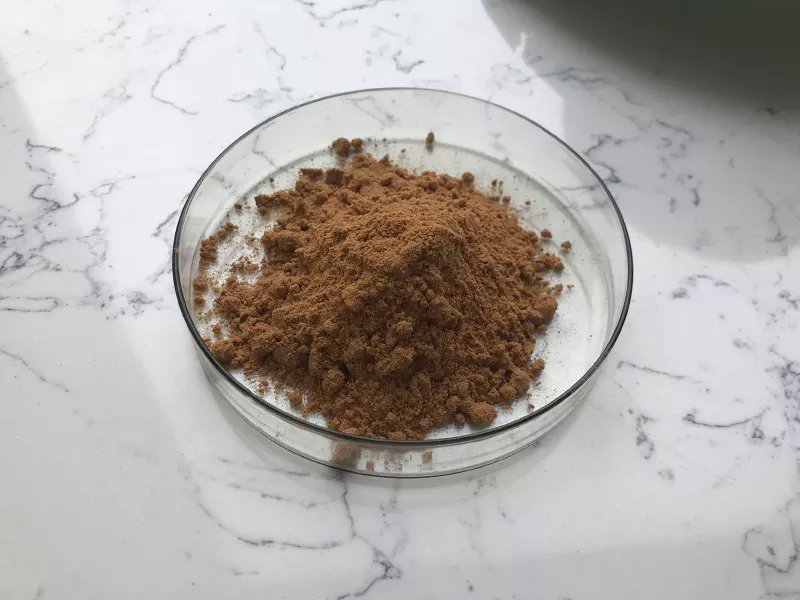 22288-78-4 98%View Details
22288-78-4 98%View Details
22288-78-4 -
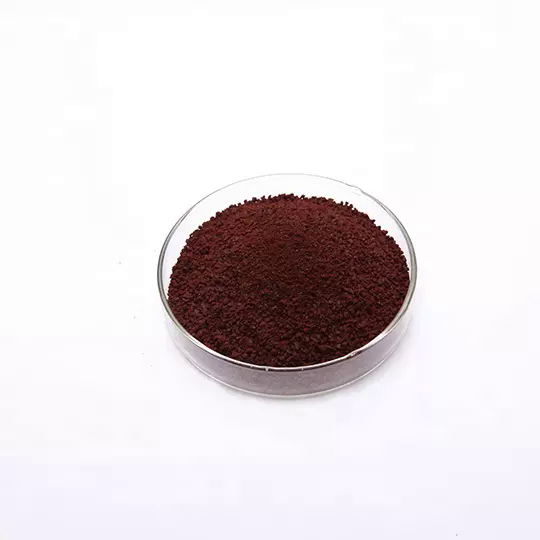 Methyl 3-amino 2-thiophene carboxylate 98%View Details
Methyl 3-amino 2-thiophene carboxylate 98%View Details
22288-78-4 -
 Methyl 3-amino-2-thiophenecarboxylate, 99% CAS 22288-78-4View Details
Methyl 3-amino-2-thiophenecarboxylate, 99% CAS 22288-78-4View Details
22288-78-4 -
 Methyl 3-Amino-2-thiophenecarboxylate CAS 22288-78-4View Details
Methyl 3-Amino-2-thiophenecarboxylate CAS 22288-78-4View Details
22288-78-4 -
 Methyl 3-aminothiophene-2-carboxylate 99 % CAS 22288-78-4View Details
Methyl 3-aminothiophene-2-carboxylate 99 % CAS 22288-78-4View Details
22288-78-4 -
 Methyl 3-amino-2-thiophenecarboxylate CAS 22288-78-4View Details
Methyl 3-amino-2-thiophenecarboxylate CAS 22288-78-4View Details
22288-78-4 -
 733039-20-8 5-broMo-2-chloro-N-cyclopentylpyriMidin-4-aMine 98+View Details
733039-20-8 5-broMo-2-chloro-N-cyclopentylpyriMidin-4-aMine 98+View Details
733039-20-8
Statement: All products displayed on this website are only used for non medical purposes such as industrial applications or scientific research, and cannot be used for clinical diagnosis or treatment of humans or animals. They are not medicinal or edible.